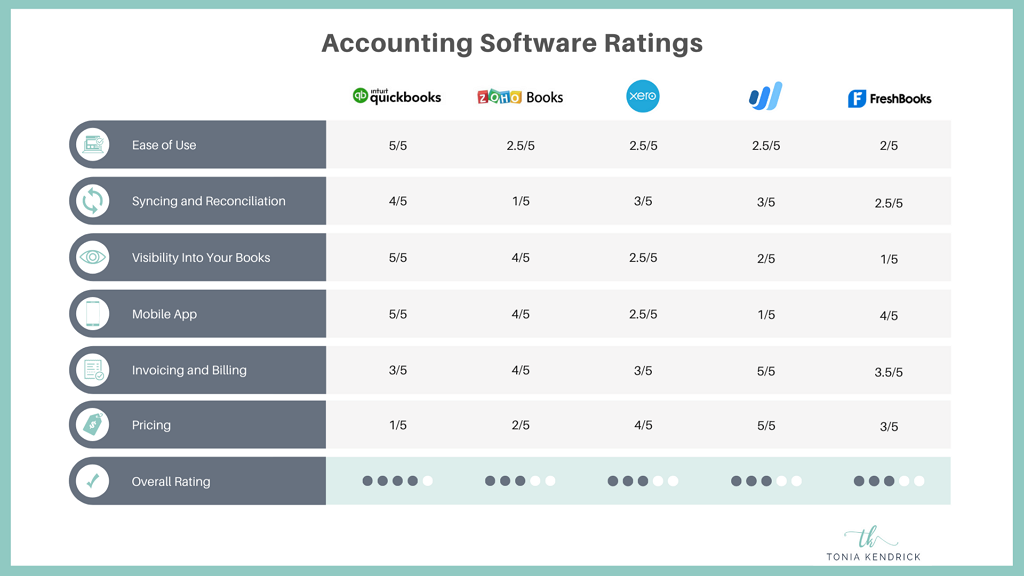Strategies for Small Business Finance – How to Maximize Your Profits
In today’s competitive business landscape, small businesses need effective financial strategies to maximize their profits and ensure long-term success. By optimizing your business finances, you can make smarter decisions, reduce costs, and increase your bottom line. In this blog post, we will explore practical strategies for small business finance that can help you improve profitability and make the most of your financial resources.
1. Establish a Budget: A well-defined budget is the foundation of financial success. Start by identifying your fixed and variable expenses, and allocate funds accordingly. Regularly review and track your budget to make informed decisions and identify areas where you can reduce costs.
2. Monitor Cash Flow: Cash flow is crucial for small businesses. Keep a close eye on your incoming and outgoing funds, and implement strategies to improve cash flow. Consider negotiating extended payment terms with suppliers, incentivize prompt customer payment, and analyze your inventory turnover to optimize purchasing decisions.
3. Manage Debt Wisely: Debt can be both a blessing and a curse for small businesses. While it can provide necessary capital for growth, improper management can lead to financial strain. Evaluate your debt position regularly, negotiate favorable interest rates, and focus on paying off high-interest loans first. It’s also wise to limit excessive borrowing and explore alternative financing options, such as crowdfunding or small business grants.
4. Optimize Pricing Strategies: Pricing has a direct impact on profitability. Analyze your costs, market demand, and competitor pricing to determine the optimal price point. Consider implementing tiered pricing, bundling products or services, or offering seasonal discounts to attract and retain customers while maximizing revenue.
5. Improve Operational Efficiency: Streamlining your operations can significantly impact your bottom line. Identify areas for process improvement, automate routine tasks where possible, and invest in technology that enhances productivity. By eliminating inefficiencies, you can reduce costs and free up resources for growth initiatives.
6. Implement Effective Inventory Management: Excessive inventory ties up valuable cash and increases carrying costs. Use inventory management tools to track and forecast demand accurately, facilitating efficient ordering and reducing carrying costs. Periodically assess your inventory turnover ratio, and consider adopting “just-in-time” inventory practices to minimize holding costs.
7. Leverage Technology: Embrace technology solutions that simplify financial management. Use cloud-based accounting software to streamline bookkeeping, generate accurate financial reports, and identify trends or patterns in your business finances. Additionally, explore digital payment options to provide convenience for customers and optimize revenue collection.
8. Seek Professional Advice: Don’t hesitate to seek guidance from financial professionals or business consultants. They can provide valuable insights and help identify areas of improvement. They may also have expertise in tax planning, grants, or incentives that can directly impact your profitability.
9. Foster Relationships with Suppliers and Customers: Building strong relationships with suppliers can lead to favorable terms, volume discounts, or even co-marketing opportunities. Similarly, cultivating loyalty among customers can lead to repeat business and positive word-of-mouth referrals, ultimately increasing your profits.
10. Constantly Reevaluate and Adapt: The business landscape is ever-evolving, so it’s crucial to continuously evaluate and adapt your financial strategies. Regularly analyze financial reports, market trends, and customer feedback to identify opportunities for growth or cost reduction. Stay informed about industry developments and adjust your strategies accordingly.
By applying these strategies for small business finance, you can optimize your financial resources, minimize costs, and maximize profitability. Remember that financial management is an ongoing process, so regularly review and refine your strategies to stay ahead. With prudent financial practices, your small business can thrive and achieve long-term success in a competitive marketplace.











